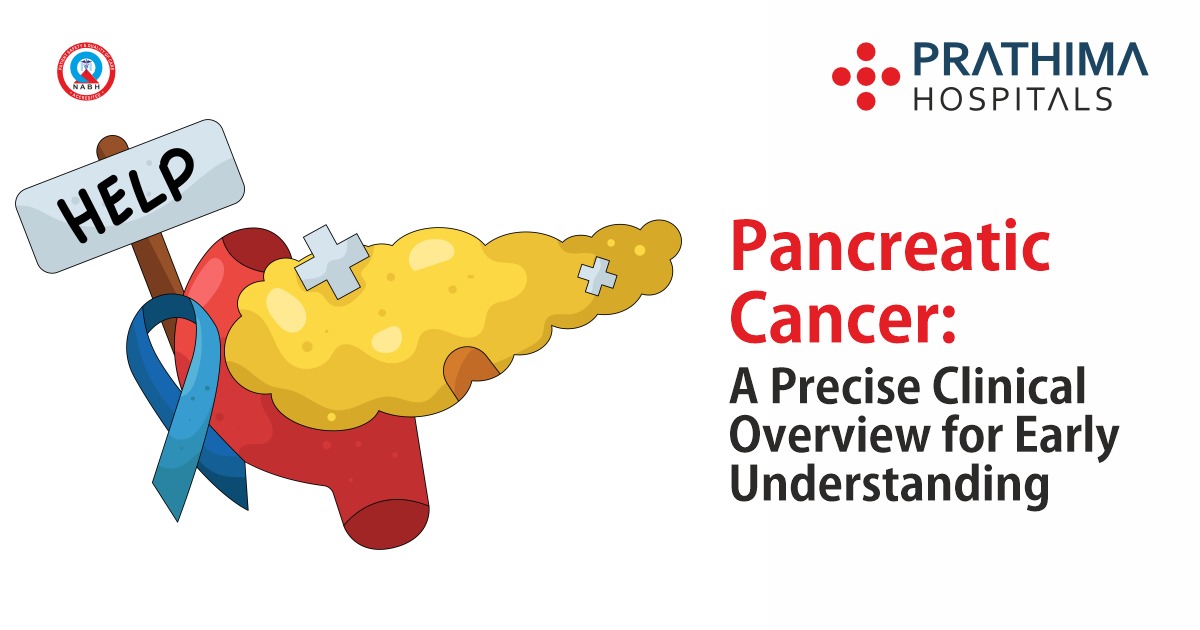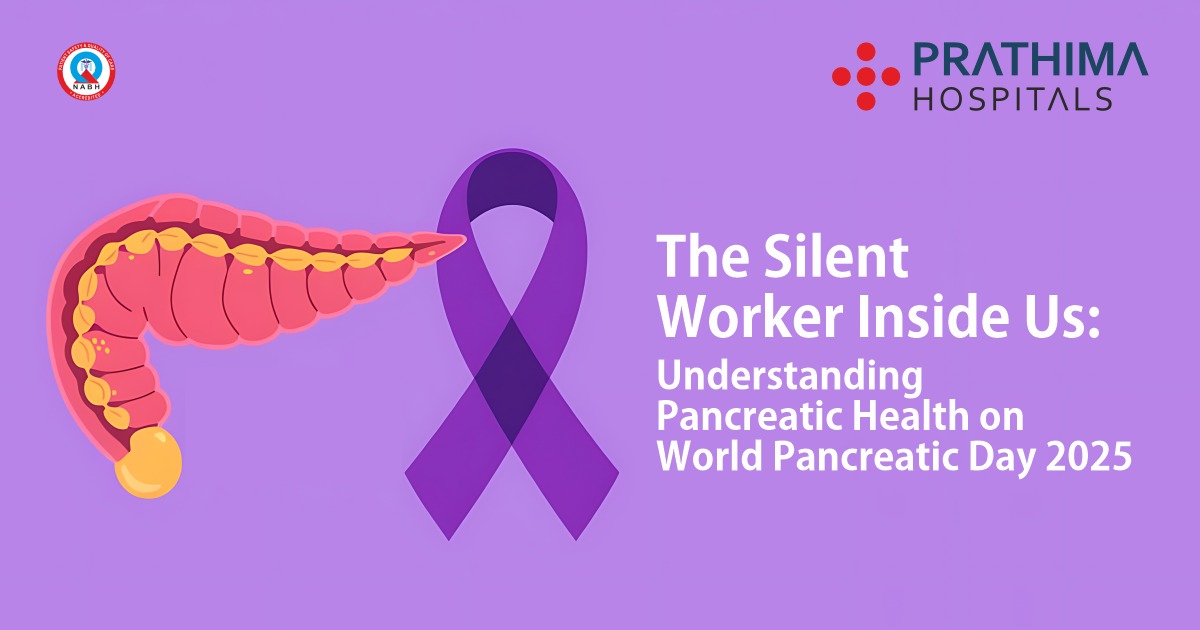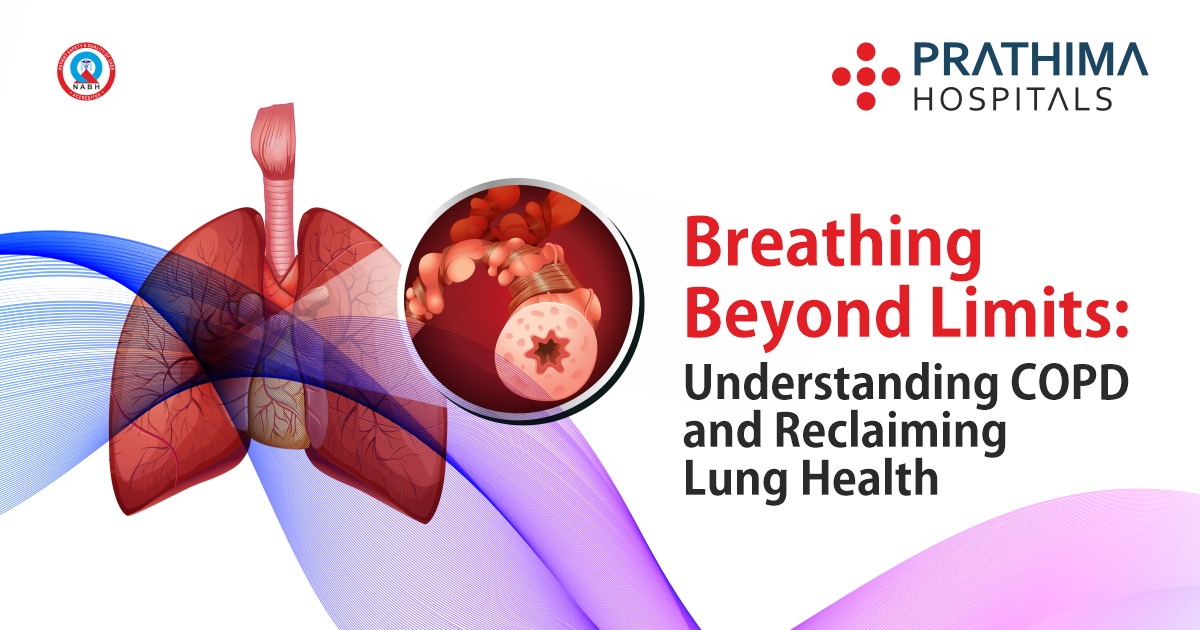Understanding Osteoporosis: A Silent Epidemic!

World Osteoporosis Day 2023
Introduction:
Osteoporosis, often referred to as the “silent disease,” is a debilitating condition that silently erodes bone density and strength, making bones fragile and susceptible to fractures. According to the Orthopedician in Kukatpally, this chronic, progressive disorder affects millions of people worldwide, especially the elderly population, and has far-reaching implications for public health and individuals’ quality of life. The 20th of October is World Osteoporosis Day 2023, so we will discuss osteoporosis, its causes, risk factors, diagnostic methods, and possible treatments. Understanding the severity of this condition is vital for raising awareness, promoting prevention, and providing the best possible care to those affected by it.
1. The Basics of Osteoporosis:
Osteoporosis is a bone disorder characterized by the gradual weakening of bones, leading to increased fragility and susceptibility to fractures. This condition primarily affects older individuals, particularly postmenopausal women. However, it can also occur in men and younger people due to various factors. To comprehend the seriousness of osteoporosis, we must first explore its fundamental aspects.
1.1 Bone Structure and Function:
Bones are dynamic structures in our bodies, constantly undergoing a process called remodelling. This process involves the removal of old bone tissue (resorption) and the formation of new bone tissue (formation). In a healthy individual, these two processes are balanced, maintaining the integrity and strength of the skeletal system. However, in osteoporosis, this balance is disrupted, leading to excessive bone resorption and inadequate bone formation.
1.2 Osteoporosis Onset and Progression:
Osteoporosis typically develops over many years, often without any noticeable symptoms until a fracture occurs. The weakening of bones is primarily due to decreased bone density, which is a measure of the amount of mineral content in bones. As bone density decreases, the bone structure becomes porous and fragile, increasing the risk of fractures, particularly in the hip, spine, and wrist.
2. The Seriousness of Osteoporosis:
2.1 Fractures and Their Consequences:
The most immediate and evident consequence of osteoporosis is the increased risk of fractures. These fractures can result from minor trauma or even everyday activities, such as bending over or lifting a heavy object. Hip, spine, and wrist fractures are the most common osteoporosis-related fractures.
Hip fractures, in particular, are of great concern due to their severe impact on an individual’s health and quality of life. They often require surgery and extensive rehabilitation, and they can lead to long-term disability. Moreover, hip fractures are associated with a higher mortality rate, especially in older adults.
Vertebral (spinal) fractures can lead to a decrease in height and a hunched back, commonly known as a dowager’s hump. These fractures can be painful and restrict an individual’s mobility and lung function.
Wrist fractures, though less severe than hip and spine fractures, still contribute to pain, loss of function, and reduced quality of life.
2.2 Impact on Quality of Life:
The seriousness of osteoporosis extends beyond fractures alone. Individuals living with osteoporosis often experience a diminished quality of life due to pain, loss of mobility, and a heightened fear of falling and sustaining further injuries. The chronic pain associated with fractures and the potential for disability can lead to depression and anxiety, further exacerbating the psychosocial impact of this disease.
2.3 Economic Burden:
Osteoporosis places a substantial economic burden on healthcare systems, individuals, and society as a whole. The direct costs of diagnosing and treating osteoporosis, managing fractures, and providing long-term care for affected individuals are significant. Indirect costs, including lost productivity due to disability, also contribute to the economic strain.
3. Who Is at Risk?
Understanding the risk factors for osteoporosis is crucial for early intervention and prevention. While some factors are non-modifiable, such as age and gender, others can be modified to reduce the risk of developing the condition.
3.1 Non-Modifiable Risk Factors:
Age: Aging is a significant risk factor for osteoporosis, and bone density naturally decreases as individuals grow older.
Gender: Women are more susceptible to osteoporosis than men, especially after menopause when estrogen levels drop.
Family history: People who have a family history of osteoporosis are more likely to get it.
Body size: Individuals with smaller body frames may have a higher risk as they have less bone mass to start with.
Ethnicity: Certain ethnic groups, such as Caucasian and Asian populations, have a higher risk of developing osteoporosis.
3.2 Modifiable Risk Factors:
Nutrition: A diet low in calcium and vitamin D can contribute to decreased bone density. Additionally, excessive alcohol consumption and smoking are risk factors.
Physical inactivity: A sedentary lifestyle can weaken bones, so regular weight-bearing and muscle-strengthening exercises are essential for bone health.
Medications: Some medications, such as corticosteroids and certain anticonvulsants, can weaken bones. It is essential to discuss the potential side effects of medications with a healthcare provider.
Medical conditions: Certain medical conditions, including rheumatoid arthritis and hyperthyroidism, increase the risk of osteoporosis.
Hormonal factors: Conditions that affect hormonal balance, such as early menopause, may increase the risk of osteoporosis.
4. Diagnosis and Prevention:
4.1 Diagnostic Methods:
Best Orthopedic Hospital in Hyderabad, orthopaedicians say early diagnosis is critical to managing osteoporosis effectively. Several methods are used to assess bone health and diagnose the condition:
Dual-energy X-ray absorptiometry (DXA or DEXA): This is the most common method for measuring bone density and assessing fracture risk. A DXA scan compares an individual’s bone density to that of a healthy young adult, providing a T-score that helps determine the risk of fractures.
Biochemical markers: Blood and urine tests can measure specific markers related to bone turnover, helping to evaluate bone health and predict fracture risk.
Imaging techniques: X-rays and other imaging methods can identify fractures and evaluate the severity of existing fractures.
4.2 Prevention Strategies:
Preventing osteoporosis is often more effective and less costly than treating it once it has developed. Various strategies can help reduce the risk of osteoporosis:
Diet: A well-balanced diet rich in calcium and vitamin D is essential for maintaining strong bones. They can be found in dairy products, leafy greens, & fortified meals.
Exercise: Weight-bearing and resistance exercises, such as walking, jogging, weightlifting, and yoga, can help improve bone density and strength.
Lifestyle modifications: Reducing alcohol consumption and quitting smoking can decrease the risk of osteoporosis.
Medications: In some cases, healthcare providers may recommend medications to treat or prevent osteoporosis, particularly for individuals at high risk.
5. Management and Treatment:
5.1 Lifestyle Modifications:
For individuals diagnosed with osteoporosis, lifestyle modifications are a fundamental component of management. Fractures can be reduced by making these changes and preventing further bone loss. Some key lifestyle modifications include:
A balanced diet: Ensuring adequate calcium and vitamin D intake remains crucial for bone health. Supplements may be recommended if dietary sources are insufficient.
Weight-bearing exercises: Regular physical activity that puts stress on the bones helps stimulate bone growth and strengthen the skeletal system.
Fall prevention: Reducing the risk of falls is essential for individuals with osteoporosis. Simple measures like removing tripping hazards at home, improving lighting, and using assistive devices can make a significant difference.
5.2 Medications:
Several medications are available for the treatment and management of osteoporosis. The choice of medication depends on various factors, including an individual’s fracture risk and underlying health conditions. Some common osteoporosis medications include:
Bisphosphonates: These drugs slow bone loss and reduce the risk of fractures. There are three types of alendronate: alendronate, risedronate, and zoledronic acid.
Hormone therapy: Estrogen and hormone replacement therapy (HRT) can help maintain bone density in postmenopausal women, but their use involves some risks and should be carefully considered.
Denosumab: This medication works by inhibiting the cells that break down bone and can be an option for those who cannot tolerate bisphosphonates.
Parathyroid hormone analogues: Teriparatide and abaloparatide are injectable medications that stimulate new bone formation.
Calcitonin: This hormone helps reduce bone resorption and can be used for short-term relief of pain from vertebral fractures.
5.3 Surgical Interventions:
In some cases, individuals with severe osteoporosis may require surgical interventions, especially when fractures have occurred or are at risk of occurring. Surgical options include:
Vertebroplasty and kyphoplasty: These procedures involve injecting bone cement into fractured vertebrae to stabilize the spine and relieve pain.
TKR Surgery in Hyderabad: For individuals with hip fractures, hip replacement surgery may be necessary to restore mobility and alleviate pain.
6. The Role of Healthcare Providers and Education:
The seriousness of osteoporosis calls for active involvement from healthcare providers in terms of diagnosis, treatment, and education. It is vital for healthcare professionals to engage in preventive measures and management to minimize the impact of this condition.
6.1 Importance of Early Detection:
Best Orthopaedician in Kachiguda, play a crucial role in early detection through routine screenings, risk assessments, and patient education. Encouraging regular bone density tests can help identify individuals at risk and intervene in a timely manner.
6.2 Patient Education:
Healthcare providers must also educate patients about the seriousness of osteoporosis, risk factors, preventive measures, and available treatments. This includes discussions on dietary choices, exercise routines, and lifestyle modifications to enhance bone health.
6.3 Interdisciplinary Approach:
Osteoporosis often requires a multidisciplinary approach involving primary care physicians, endocrinologists, orthopaedic surgeons, physical therapists, and dietitians. This collaborative effort ensures that individuals with osteoporosis receive comprehensive care.
7. The Global Impact of Osteoporosis:
Osteoporosis is a global health issue with a profound impact on healthcare systems and individuals. Let’s explore how this condition affects various regions and populations worldwide.
7.1 Prevalence:
Osteoporosis is not limited to any particular region or ethnicity; it affects people of all backgrounds. However, certain regions with ageing populations face a higher prevalence. Asia, Europe, and North America report significant rates of osteoporosis and related fractures.
7.2 Socioeconomic Factors:
Osteoporosis can have a disproportionately severe impact on individuals in lower socioeconomic brackets. Limited access to healthcare, poor nutrition, and living conditions that increase the risk of falls all contribute to a higher prevalence of osteoporosis and fractures in these populations.
7.3 Global Healthcare Systems:
Osteoporosis strains healthcare systems worldwide due to the costs associated with diagnosis, treatment, and management of fractures. The burden on healthcare resources is expected to increase as the global population continues to age.
7.4 The Future of Osteoporosis:
Given the increasing prevalence of osteoporosis and its impact on individuals and healthcare systems, there is a need for continued research, improved prevention strategies, and more effective treatments. The development of innovative therapies and the promotion of healthy lifestyles are essential steps in addressing the seriousness of this condition.
Conclusion:
Osteoporosis is a serious health issue with far-reaching implications for individuals, healthcare systems, and society as a whole. The increased risk of fractures, diminished quality of life, and economic burden make it imperative to raise awareness and promote preventive measures. Early diagnosis, lifestyle modifications, and appropriate medical treatments are key to managing osteoporosis effectively.
Understanding the non-modifiable and modifiable risk factors, as well as the various diagnostic methods and treatment options, is crucial for individuals and healthcare providers alike. By taking a proactive approach to bone health and integrating osteoporosis prevention into routine healthcare, we can work towards reducing the serious impact of this silent epidemic on global health and well-being.
.
.
.
.
.
For More Details:
📞:: 733 733 6600 | 040 4345 4345
🌐:: https://prathimahospitals.com/book-appointment/






Warning: Undefined variable $req in /home/u885608126/domains/prathimahospitals.com/public_html/wp-content/themes/prathimahospitals/functions.php on line 294
Warning: Undefined variable $commenter in /home/u885608126/domains/prathimahospitals.com/public_html/wp-content/themes/prathimahospitals/functions.php on line 295
Warning: Trying to access array offset on value of type null in /home/u885608126/domains/prathimahospitals.com/public_html/wp-content/themes/prathimahospitals/functions.php on line 295
Warning: Undefined variable $aria_req in /home/u885608126/domains/prathimahospitals.com/public_html/wp-content/themes/prathimahospitals/functions.php on line 295
Warning: Undefined variable $req in /home/u885608126/domains/prathimahospitals.com/public_html/wp-content/themes/prathimahospitals/functions.php on line 298
Warning: Undefined variable $commenter in /home/u885608126/domains/prathimahospitals.com/public_html/wp-content/themes/prathimahospitals/functions.php on line 299
Warning: Trying to access array offset on value of type null in /home/u885608126/domains/prathimahospitals.com/public_html/wp-content/themes/prathimahospitals/functions.php on line 299
Warning: Undefined variable $aria_req in /home/u885608126/domains/prathimahospitals.com/public_html/wp-content/themes/prathimahospitals/functions.php on line 300
Warning: Undefined variable $commenter in /home/u885608126/domains/prathimahospitals.com/public_html/wp-content/themes/prathimahospitals/functions.php on line 303
Warning: Trying to access array offset on value of type null in /home/u885608126/domains/prathimahospitals.com/public_html/wp-content/themes/prathimahospitals/functions.php on line 303